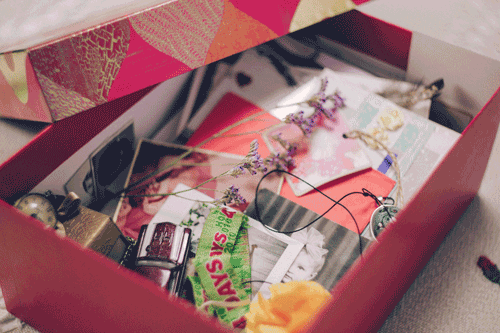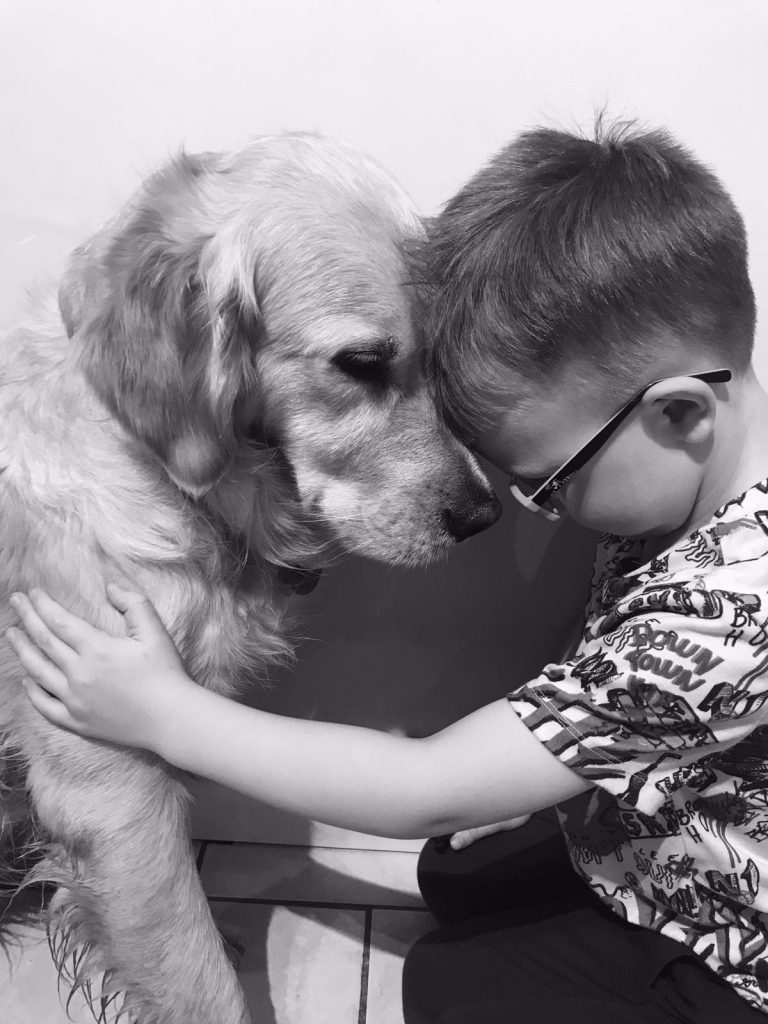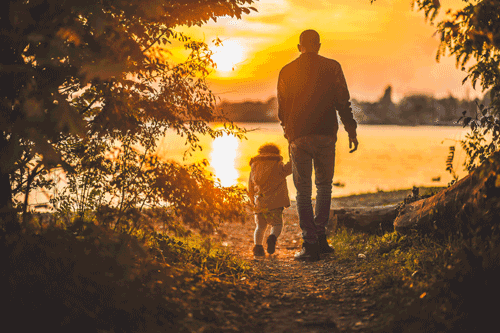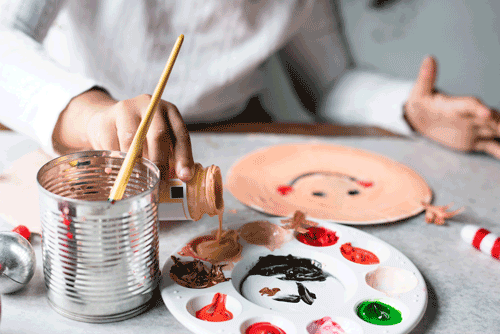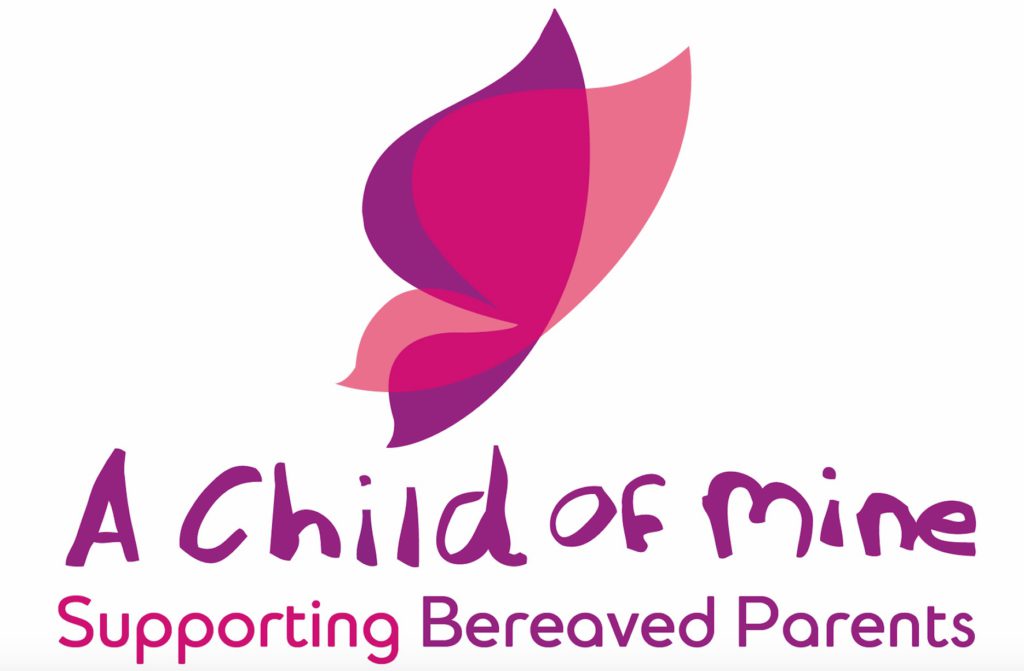At a time when partners need each other most and children need their parents, they are often unable to be emotionally available to each other because they are consumed with their own grief. For a lot of men, talking about feelings can be awkward, exposing, and risky leading to vulnerability. There is a cultural expectation for men to be a certain way. One bereaved dad said “my wife was treated as having lost someone she loved… I was treated as having lost someone I was responsible for”
Therefore, when a man is having to talk to his children about the loss of a loved one, his feelings can easily become a stumbling block, and empathy for his partner and his children becomes difficult. However, most children and young people appear to deal with death very well, especially if we as adults understand how they think and if we can give them space to explore their feelings. You may find these points helpful:
- For bereaved teenagers, grief comes on top of all kinds of developmental issues as they struggle to find a new identity and a new balance between dependence and independence
- This is the struggle. What you see in front of you is not necessary what is going on inside.
- Children know and understand much more than we give them credit for
- One of the biggest impediments to children’s healing after death is …adults
- Grieving children don’t need to be fixed
- Don’t need to be “taught” as much as “allowed”.
- Be creative to help them make sense of their changing world
As a dad showing how you feel about difficult situations is the key to your child’s emotional development. There is no shame in asking for help in this area. Hear what men have said about a men’s group (Journey for Men) in Trentham:
“Journey for men” is a group of men who have either lost a child or are on that journey. We meet once a month for chip butties, and then have an opportunity to explore feelings around our journey. This painting describes how often through our journey we feel knocked down. What makes us get up when we have been knocked down is what we often discuss. If you look closely at the painting, you will see the imprint of a boxing glove. We applied paint to the gloves and punched the canvas. The colours represent our children, the dark colours represent what we are fighting, the illness, our deepest fears or even the professionals”
“We look at each other in the hope that we can bring ourselves from the brink of despair and cling on to the hope that we as fathers will fight from the very beginning to the very end”
“For every round of this epic struggle we go about doing our absolute best to prevail. We do this with a heavy weight on our shoulders, and the weight we bear is for the love of our children through the good times and the bad with no matter what punches life throws at us, we have to take a deep breath and carry on the fight.
“We try to reclaim what is ours and that is the belief in us not only as human beings but as fathers”
Kevin Benson
Donna Louise Trust




